#18th dynasty
Text
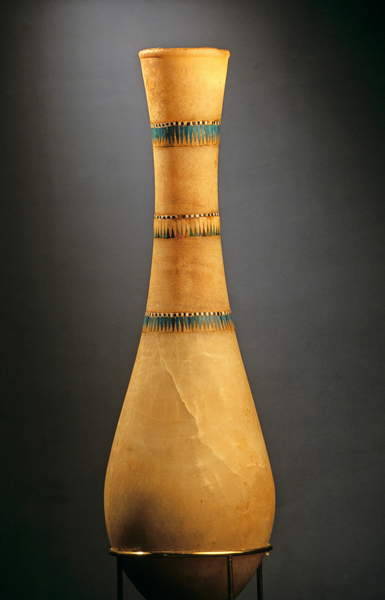
Tutankhamun Tall Vase Inlaid with Faience
A brownish residue from a perfumed oil was found inside this Egyptian alabaster tall vase from the Tomb of Tutankhamun. Oils, essential for rituals, were highly valued. The Tomb of Tutankhamun contained various artifacts, including perfumed oil vases.
This vase was discovered during the excavation of his tomb in the Valley of the Kings in Egypt. It is believed that the vase was used to hold perfumed oils or other aromatic substances, which were commonly used in ancient Egyptian rituals and for personal grooming.
New Kingdom, late 18th Dynasty, ca. 1332-1323 BC.
Tomb of Tutankhamun (KV62), Valley of the Kings, Thebes.
To be in the Grand Egyptian Museum. GEM. 70
Read more
36 notes
·
View notes
Text

~ Bundle of Hair Extensions.
Date: ca. 2114-1502 B.C.
Period: Old Kingdom-early New Kingdom; 16th-18th Dynasty
Medium: Human hair, linen
▪︎ From the source: These hair extensions would have been placed in a tomb for use in the afterlife. In this world, Egyptians used extensions to make their wigs or natural hair thicker and more attractive, just as people do today. The reliefs in this case show hairdressers adding extensions like these to the hair or wig of Queen Neferu.
#ancient#ancient art#history#museum#archeology#ancient egypt#ancient history#archaeology#egyptian#egyptology#egypt#bundle of hair extensions#extensions#fake hair#queen tiye#old kingdom#new kingdom#16th Dynasty#18th dynasty#human hair#ca. 2114 b.c.#ca. 1502 b.c.
2K notes
·
View notes
Text
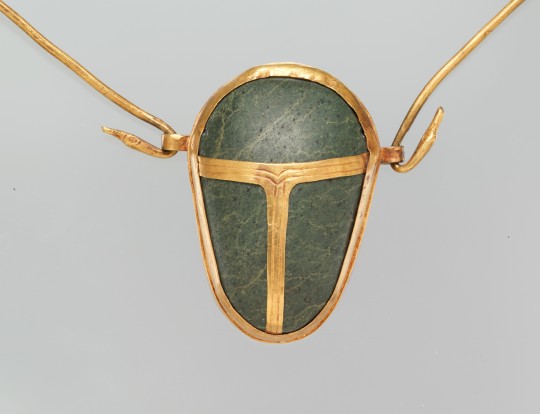
Ancient Egyptian heart amulet (gold and green schist) of one Manhata. Artist unknown; ca. 1479-1425 BCE (reign of Thutmose III, 18th Dynasty, New Kingdom). From the Tomb of the Three Foreign Wives of Thutmose III at Wadi Gabbanat el-Qurud, Thebes; now in the Metropolitan Museum of Art.
#art#art history#ancient art#Egypt#Ancient Egypt#Egyptian art#Ancient Egyptian art#Egyptian religion#Ancient Egyptian religion#kemetic#Thutmose III#18th Dynasty#New Kingdom#jewelry#jewellery#pendant#amulet#metalwork#gold#goldwork#schist#Egyptian Thebes#Metropolitan Museum of Art
684 notes
·
View notes
Text


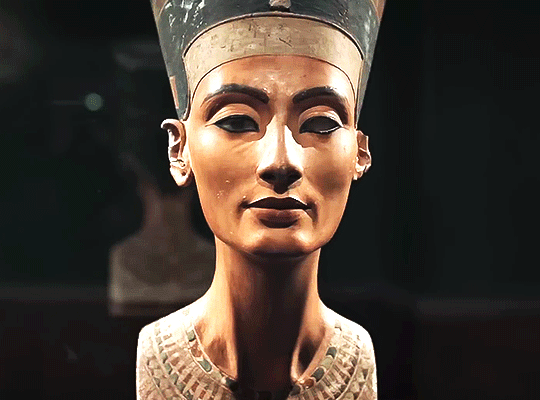
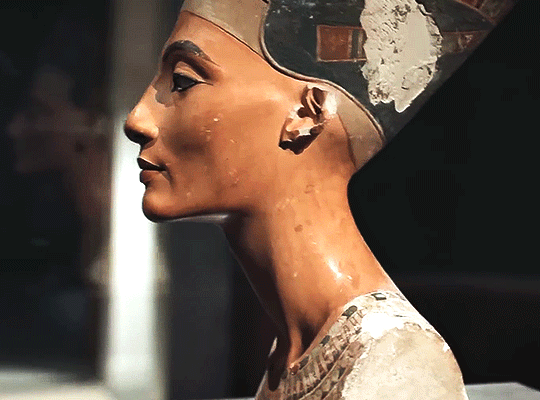
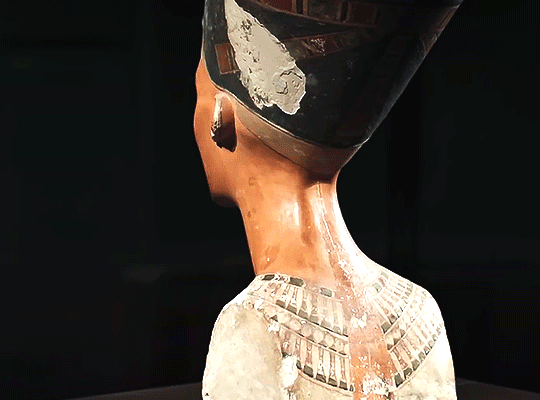
nefertiti: who does she belong to?
#nefertiti#queen nefertiti#nefertiti bust#neferneferuaten nefertiti#18th dynasty#ancient egypt#neues museum#akhenaten#echnaton#amarna#stolen artifacts#documentary#arte tv#gifs#berlin germany#egypt#egyptology
471 notes
·
View notes
Text


Mortuary Temple of female pharaoh Hatshepsut at Deir el-Bahari.
EGYPT FROM ABOVE (2020) — (1.01) Egypt's Ancient Empire
#egypt#ancient egypt#egyptology#archaeology#historyedit#mine#my edit#documentary#hatshepsut#deir el bahari#luxor#mortuary temple#18th dynasty
226 notes
·
View notes
Text
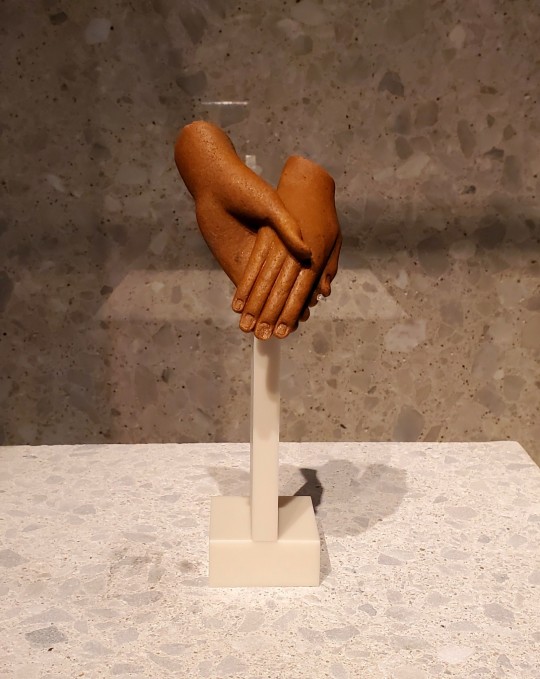
Pair of hands from a group statue of Akhenaten and Nefertiti or two princesses, 18th Dynasty of Egypt, approximately 1350 BCE from Amarna (Neues Museum, Berlin, Germany)
#isaac.jpg#egyptolology#egyptian archaeology#nefertiti#akhenaten#18th dynasty#neues museum#museumsinsel#archaeology
2K notes
·
View notes
Text
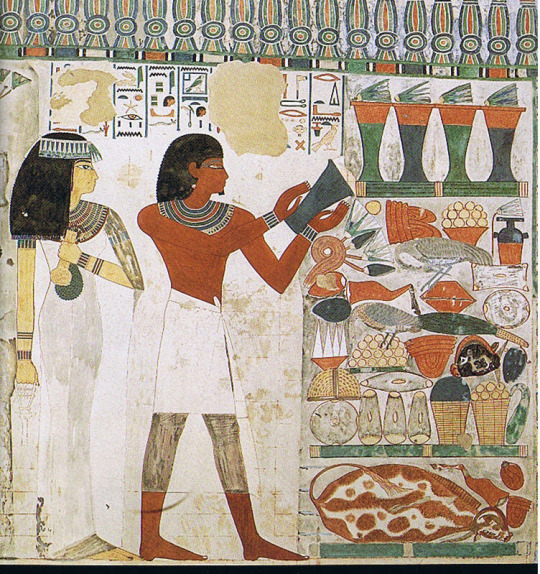
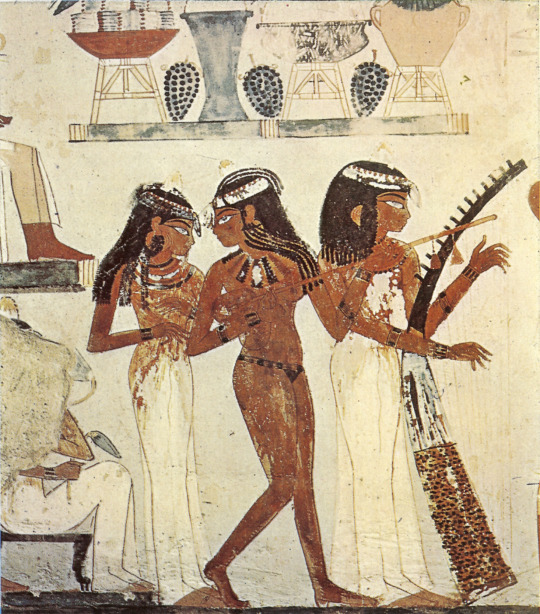
Tomb of Nakht (Theban Tomb 52), Details of wall paintings, ca. 1401-1388 BCE, 18th Dynasty (West Bank of the Nile, outside Luxor)
102 notes
·
View notes
Text
61 notes
·
View notes
Text
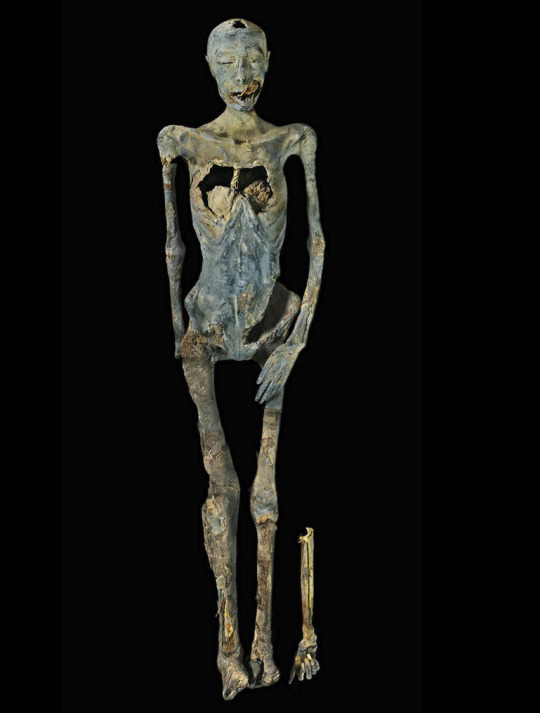
Tutankhamun’s mother (The Younger Lady) 18th Dynasty (1550/1549 to 1292 BC.)
The mummy known as “The Younger Lady”, formally identified as the mother of king Tutankhamun and full biological sister of the mummy known as KV55 (believed by some scholars to be that of Akhenaten but not officially certified). “The Younger Lady”, is a daughter of king Amenhotep III and his Great Royal Wife, Tiye.
“The Younger Lady”, was found in tomb KV35 by archaeologist Victor Loret in 1898. She was laid out beside the mummy of her mother (Tiye) and the mummy of a young boy, possibly the young Prince Thutmose, a son of Amenhotep III and his Great Royal Wife Tiye. For a long while the mummy of Great Royal Wife Tiye simply went by “The Elder Lady”, until officially identified by a lock of hair buried within Tutankhamun’s tomb, labelled as the hair of his grandmother. This hair was a definite match for the natural hair upon Tiye’s mummy.
Various scholars and Egyptology lovers have theories of the identity of “The Younger Lady”, identifying her as a secondary wife of Akhenaten, Kiya, and some even propose she is Nefertiti herself, however…these are simply theories. As of yet “The Younger Lady” has not been formally identified, other than her biological relation to the mummies of her mother (Tiye), father (Amenhotep III), brother (KV55) and son (Tutankhamun).
126 notes
·
View notes
Text
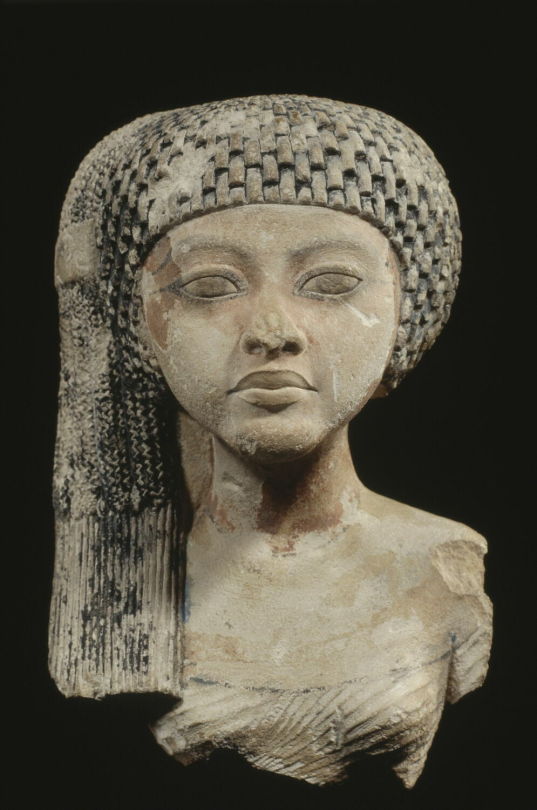
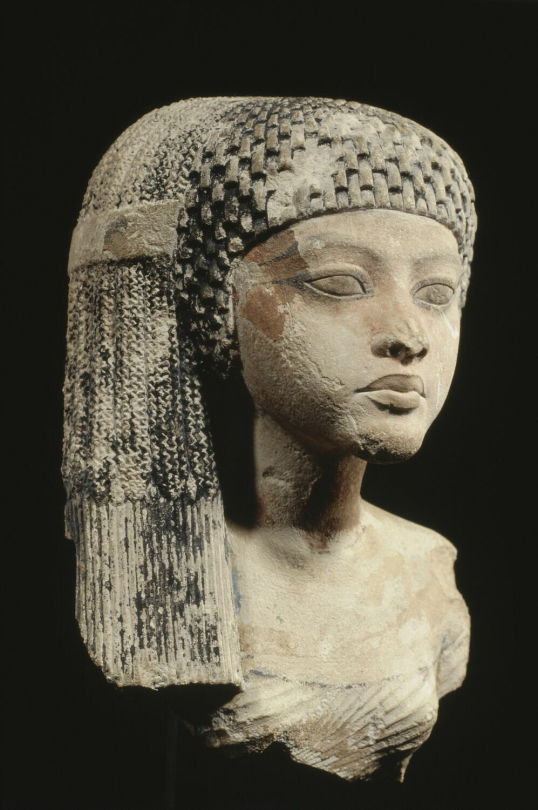



head of a princess, possibly a daughter of nefertiti & akhenaten, perhaps meritaten, c. 1352-1330 b.c.
musée du louvre, département des antiquités égyptiennes, E 14715.
98 notes
·
View notes
Photo


Amulet of Taweret | The Art Institute of Chicago
Psychedelic glass Taueret amulet from Amarna - 2.8 × 1 × 0.5 cm (1 1/8 × 3/8 × 3/16 in.)
#Ancient Egypt#Taueret#Egyptian Mythology#Ancient Egyptian Art#Amarna#18th Dynasty#New Kingdom#Jewelry#Amulets#Talismans
38 notes
·
View notes
Text
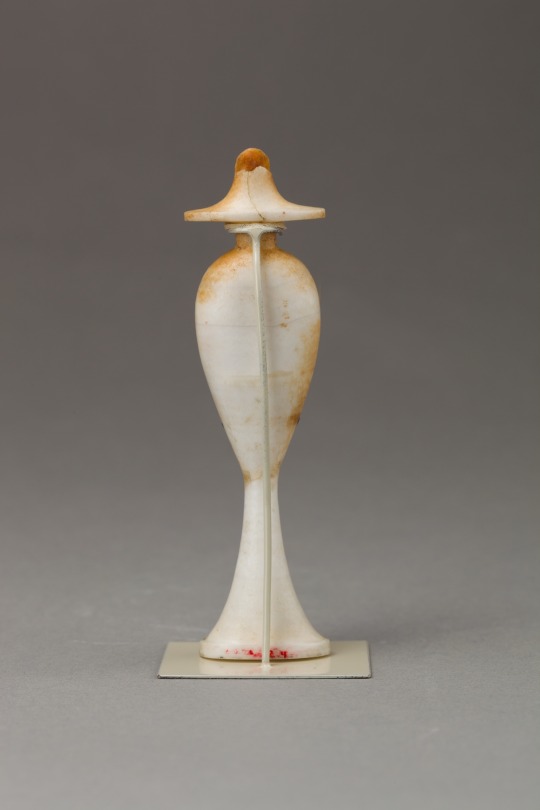


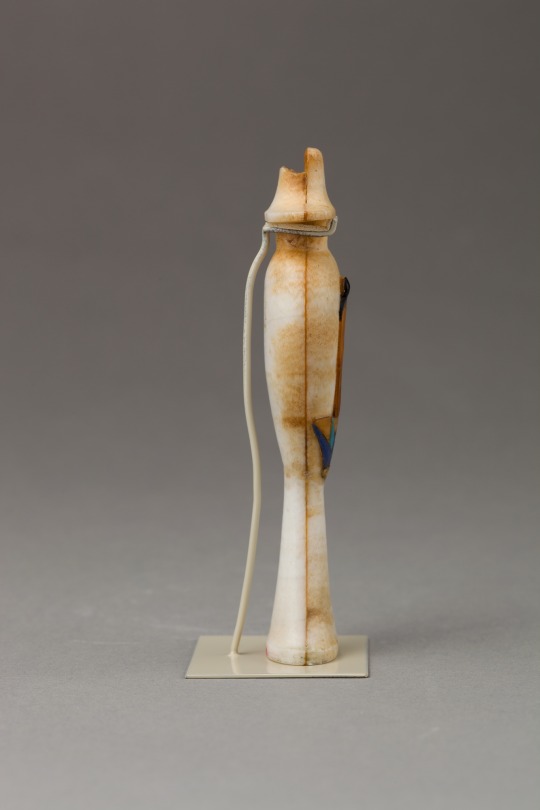
~ Perfume bottle in the shape of a hes-vase inlaid with the figure of a princess.
Period: New Kingdom, Amarna Period; 18th Dynasty; Reign of Akhenaten
Date: ca. 1353–1336 B.C.
Place of origin: Egypt; Possibly from Upper Egypt, Thebes
Medium: Travertine (Egyptian alabaster), carnelian, obsidian,gold, and colored glass inlay.
#ancient#ancient art#history#museum#archeology#ancient egypt#ancient history#archaeology#egyptology#egyptian#egypt#perfume bottle#hes-vase#princess#amarna period#18th dynasty#new kingdom#Akhenaten#thebes#ca. 1353 b.c.#ca. 1336 b.c.
763 notes
·
View notes
Text

Ancient Egyptian faience amulet in the form of a cartouche of Nebmaatre, throne name of Amenhotep III "the Great" (r. ca. 1390-1352 BCE). Found in Amenhotep's tomb (WV 22) in the Valley of the Kings; now in the Metropolitan Museum of Art.
#art#art history#ancient art#Egypt#Ancient Egypt#Egyptian art#Ancient Egyptian art#18th Dynasty#New Kingdom#Amenhotep III#Nebmaatre#jewelry#jewellery#amulet#faience#cartouche#hieroglyphics#Metropolitan Museum of Art
555 notes
·
View notes
Photo
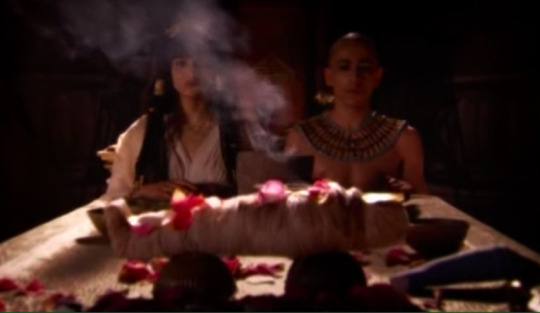

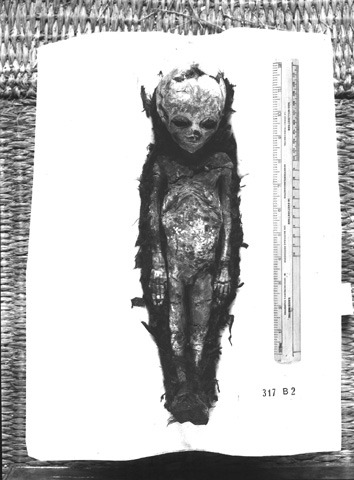
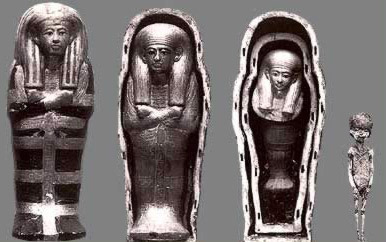



“Even more unfortunate were the two infant daughters of Tutankhamun and Ankhesenamun, neither of whom lived to see the light of day. As Carter was clearing the Treasury, he came across a simple, undecorated wooden box, with no docket or inscription. Inside were two tiny coffins, and each held a second coffin. Inside each of the inner coffins was a tiny mummified body. Both were simply labeled as “Osiris” (meaning ‘deceased’), suggesting that the babies were stillborn. Modern examination of the mummies using a CT scanner has revealed details of their short, tragic lives. One baby had been seven months in the womb and still had its umbilical cord attached. Its sex could not be established with certainty, but it is likely to have been female. Though the little girl was not a full-term birth, she had been provided with a funerary mask of gilded cartonnage. The second baby was definitely a girl, and nearly full-term; a short length of umbilical cord remained, suggesting she died during or immediately after birth. The two stillborn daughters of the boy pharaoh and his young wife marked the end of the eighteenth dynasty royal line. As Carter remarked, “Had one of those babes lived, there might never have been a Rameses”.
Tutankhamun's Trumpet: Ancient Egypt in 100 Objects from the Boy-King's Tomb - Toby Wilkinson
Since their discovery, the girls have been examined, x-rayed and CT scanned multiple times. Initially it was thought that the near full time child (on the right) suffered from congenital abnormalities or birth defects, but more recent testing doesn’t agree with this. Sadly, time and extensive handling have not been kind to these baby girls, whose condition has severely deteriorated in the 100 years since their father’s tomb was discovered.
#tutankhamun#king tut#ancient egypt#ankhesenamun#18th dynasty#egyptology#archaeology#long live the queue
184 notes
·
View notes
Photo



Hatshepsut raised her obelisks in the Wadjet Hall [Karnak] as part of a larger series of renovations to this area, including the erection of wooden papyri-form pillars and a wooden roof. She commemorates the addition of these obelisks to the temple on her red quartzite bark shrine, the “red chapel.” Inscriptions on these monoliths recorded the celebration of her jubilee festival in her 16th regnal year. The obelisks were covered with small scenes of the queen (depicted as a male pharaoh) making offerings to the gods. The southern obelisk has fallen, but its upper section is on display near the sacred lake. The northern obelisk still graces the temple today.
Measurements: The northern obelisk stands 30m high. The southern obelisk (now fallen) would have stood to the same height.
Construction materials: rose granite
SOURCE: Digital Karnak
#egypt#ancient egypt#egyptology#archaeology#historyedit#mine#my edit#hatshepsut#18th dynasty#female pharaoh#karnak#waset'#luxor#thebes#amun temple#obelisk
371 notes
·
View notes
Text

A painted pottery vase in the form of a kneeling woman, holding a child about to nurse in her lap. It dates to the 18th Dynasty (circa 1550-1295 BCE).
The small size of the piece (only 12.7 centimeters in height) and its narrow mouth suggest that it was meant to contain some precious, perishable substance such as a cosmetic or medicine.
The subject of this work, so evocative of the goddess Isis and her divine son Horus, may have held a reassuring message in any of a number of contexts, funerary or otherwise.
This delightful piece (FGA-ARCH-EG-0634) is now in the Fondation Gandur pour l'Art, Geneva, Switzerland.
Photo (edited for size): Grégory Maillot / © Fondation Gandur pour l'Art, Genève.
Credit: Thoughts of Ancient Egypt
#art#history#design#style#archeology#sculpture#figure#vase#pottery#child#women#egypt#18th dynasty#isis#godess#horus
27 notes
·
View notes